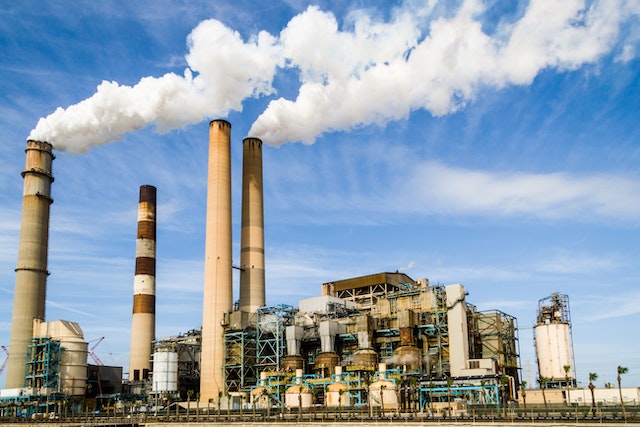Introduction: Environmental sensors have become indispensable tools in our efforts to understand and address the various challenges posed by pollution and climate change. These innovative devices are not only capable of monitoring pollutants in the air, water, and soil, but they also play a crucial role in wildlife conservation and ecological research. In this
Introduction:
Environmental sensors have become indispensable tools in our efforts to understand and address the various challenges posed by pollution and climate change. These innovative devices are not only capable of monitoring pollutants in the air, water, and soil, but they also play a crucial role in wildlife conservation and ecological research. In this article, we explore the versatility of environmental sensors, highlighting their ability to track pollutants and study wildlife behavior, and the profound impact they have on our understanding of the natural world.
Monitoring Pollutants and Environmental Health:
Environmental sensors have long been utilized to monitor the levels of pollutants in our environment. These sensors can detect and measure various pollutants such as particulate matter, nitrogen dioxide, carbon monoxide, and volatile organic compounds. By providing real-time data on pollution levels, they help us assess the health of our environment and identify areas that require immediate attention and remediation. This monitoring capability is vital in ensuring the well-being of both ecosystems and human populations.
Understanding Wildlife Behavior:
Beyond tracking pollutants, environmental sensors have emerged as valuable tools for studying wildlife behavior and ecology. Researchers have been employing a range of sensor technologies to monitor animal movements, migratory patterns, and habitat use. For instance, GPS-enabled collars and tags allow scientists to track the movement of endangered species, gather information on their preferred habitats, and identify potential threats they face. These sensors enable a deeper understanding of animal behavior, facilitating more effective conservation strategies.
Acoustic and Bioacoustic Sensors:
Another area where environmental sensors have proven their versatility is in the field of bioacoustics. Acoustic sensors capture and analyze sounds in natural environments, helping researchers study animal vocalizations, communication patterns, and mating calls. These sensors are particularly useful for monitoring elusive and nocturnal species that are challenging to study through visual observations alone. By recording and analyzing the soundscape, scientists gain valuable insights into biodiversity, ecosystem health, and the impacts of human activities on wildlife.
Remote Sensing and Imaging:
Environmental sensors equipped with remote sensing capabilities, such as satellite imaging and drones, provide a bird’s-eye view of our planet’s ecosystems. These tools allow scientists to monitor land cover changes, deforestation, and habitat loss on a large scale. Remote sensing also helps detect and track environmental disasters such as oil spills and wildfires, enabling timely responses and minimizing their impact on wildlife and ecosystems.
Advancements in Sensor Technology:
The field of environmental sensing continues to advance rapidly, with new technologies enhancing the versatility and capabilities of these devices. Miniaturization of sensors has made it possible to deploy them on smaller organisms, including insects and birds, providing insights into their behavior and interactions with their environment. Furthermore, advancements in data analytics and machine learning algorithms enable more efficient processing and interpretation of sensor data, unlocking new possibilities for environmental research.
Conclusion:
Environmental sensors have revolutionized our understanding of the natural world by enabling the monitoring of pollutants, tracking wildlife behavior, and assessing ecosystem health. From detecting and measuring pollutants in the air, water, and soil to studying animal movements and vocalizations, these versatile devices have become indispensable in ecological research and wildlife conservation. As technology continues to evolve, environmental sensors will play an increasingly critical role in guiding conservation efforts, informing policy decisions, and ensuring the sustainability of our planet. With their ability to bridge the gap between humans and the natural world, environmental sensors pave the way for a more informed and responsible approach to environmental stewardship.

















Leave a Comment
Your email address will not be published. Required fields are marked with *